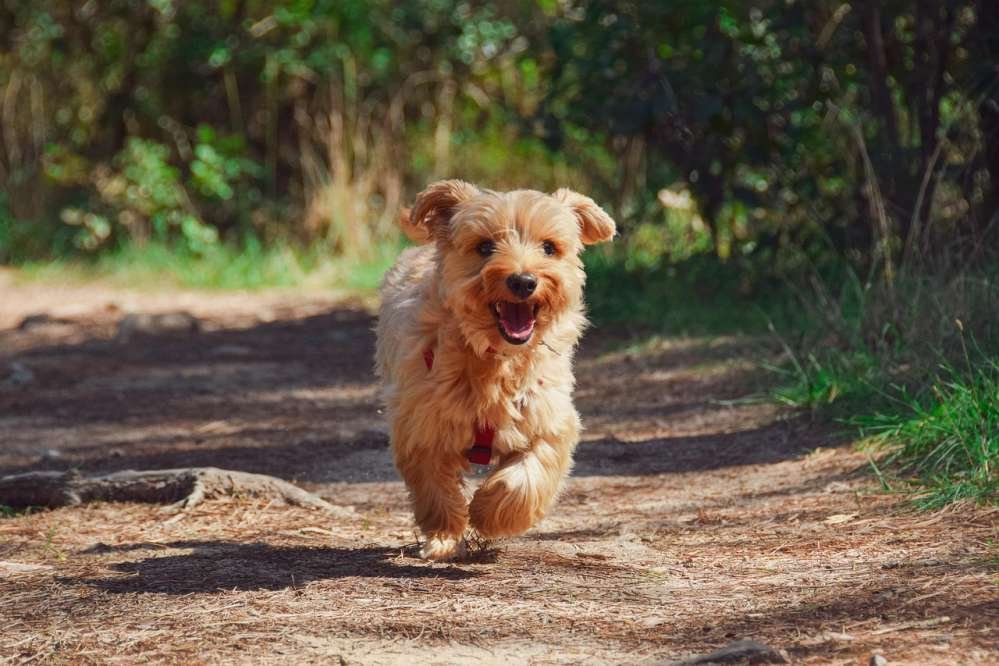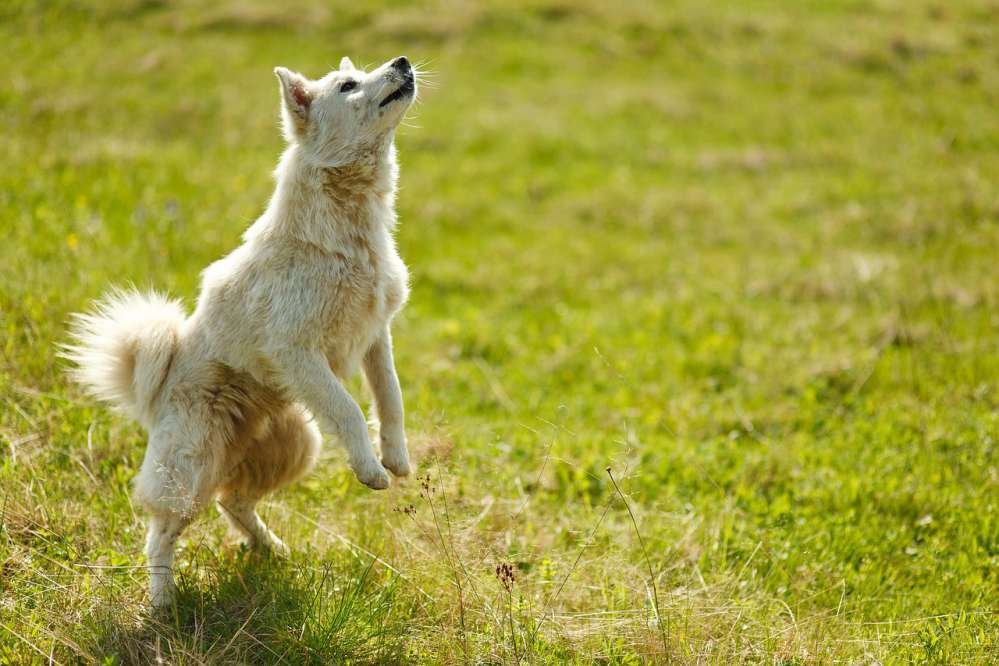Bringing a furry friend into your home is an exciting adventure, but it also comes with significant responsibilities. Whether you’re welcoming a playful puppy or adopting an adult dog, understanding how to take care of a pet dog is crucial for their well-being and your peace of mind. This comprehensive guide will walk you through everything you need to know about caring for your canine companion.
Nutrition: Fueling Your Four-Legged Friend

Proper nutrition is the foundation of your dog’s health. When learning how to take care of a pet dog, feeding them a balanced diet is paramount.
Selecting the Right Food
- Choose age-appropriate food (puppy, adult, or senior)
- Consider breed-specific nutritional needs
- Opt for high-quality dog food with real meat as the primary ingredient
Establishing a Feeding Schedule
- Puppies: Feed 3-4 times daily
- Adult dogs: Typically require two meals per day
- Senior dogs: May need dietary adjustments based on health and activity level
Exercise: Keeping Your Canine Active and Happy

Regular exercise is vital for your dog’s physical and mental health. It’s an essential aspect of learning how to take care of a puppy or adult dog.
Daily Walks
- Aim for 30-60 minutes of walking each day
- Vary your routes to keep walks interesting
- Use a sturdy leash and harness for safety
Playtime and Mental Stimulation
- Provide a variety of toys (chew toys, puzzle toys, fetch toys)
- Engage in regular training sessions
- Arrange playdates for socialization
Grooming: Maintaining Your Dog’s Appearance and Health
Proper grooming is crucial when learning how to take care of a pet dog. It keeps them clean, comfortable and allows you to check for any health issues.
Bathing and Brushing
- Bathe your dog every 4-6 weeks, or as needed
- Brush regularly to reduce shedding and prevent matting
Nail Trimming and Ear Cleaning
- Trim nails every 3-4 weeks
- Clean ears regularly to prevent infections
Health: Ensuring Your Dog’s Well-being
Regular veterinary care is a crucial part of learning how to take care of a puppy or adult dog.
Routine Check-ups
- Schedule regular vet visits for vaccinations and health assessments
- Maintain dental health through regular brushing and dental chews
Recognizing Signs of Illness
- Monitor for changes in appetite, energy levels, or behavior
- Watch for skin irritations or coat changes
The Ultimate Guide: How to Take Care of a Pet Cat and Ensure Their Health and Happiness
Training and Socialization: Raising a Well-Behaved Companion
Proper training and socialization are essential when learning how to take care of a pet dog, especially for puppies.
Basic Obedience Training
- Teach essential commands like sit, stay, come, and leave it
- Use positive reinforcement techniques
Socialization
- Expose your puppy to various people, animals, and environments
- Enroll in puppy classes for structured socialization
Creating a Safe Home Environment
Part of learning how to take care of a puppy or adult dog involves creating a safe living space.
Dog-Proofing Your Home
- Remove or secure potential hazards
- Provide a comfortable bed and safe toys
Establishing a Routine
- Set consistent times for feeding, walks, and playtime
- Create a designated potty area
Showing Love and Affection

While mastering how to take care of a pet dog involves many practical aspects, don’t forget the importance of emotional care.
Quality Time
- Spend time cuddling and playing with your dog
- Offer praise and affection regularly
Understanding Your Dog’s Needs
- Learn to read your dog’s body language
- Respond to their emotional needs with patience and kindness
Conclusion
Learning how to take care of a pet dog or how to take care of a puppy is a rewarding journey filled with love, laughter, and occasional challenges. By providing proper nutrition, regular exercise, grooming, health care, training, and affection, you’ll ensure your furry friend leads a happy, healthy life. Remember, the unconditional love and loyalty you receive from your canine companion make every effort worthwhile. Embrace this new adventure and cherish the special bond you’ll form with your four-legged family member.

